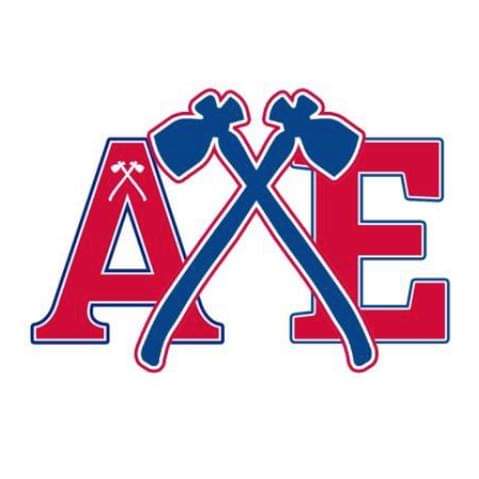Hazing is a term which is usually associated with ritualistic initiation practices, including clubs, sororities, and, of course, sporting teams. Many university athletic teams have traditions for their first year rookies which are in place to ‘welcome,’ or perhaps more accurately, initiate, new athletes onto the team in a type of ritual or ceremony, and which every team member before has likely experienced. It is a way to conform everyone to the same traditions, whatever they are, and something rookies in the same athletic year experience together, presumably to produce a so-called bonding experience. But what is this ‘bonding’ experience, and how far is too far?
Acadia University’s hazing policy is lumped in with its harassment and anti-discrimination policies. Harassment, which is defined in Acadia University’s Policy Against Harassment and Discrimination as “engagement in a course of vexatious conduct or comment that is known or reasonably known to be unwelcome,” lists hazing in a list of forms of personal harassment, defining hazing “as a term applied to unacceptable initiation practices” and “ritualistic harassment, abuse, humiliation or the incitement of fear and may include requirements to perform meaningless tasks.”
Anyone examining these definitions can see the room for subjective interpretation, one of the key words in the definition of hazing being requirements. Are ritualistic initiation traditions in university sports teams really requirements? One could argue that, no, they are not requirements, in the sense that should someone refuse to participate they will not be denied inclusion on the team’s roster. But put yourself in the shoes of a rookie student, one who is new to a team of older student-athletes and who doesn’t know anyone else. Unless you have some serious confidence, it is probably going to be difficult to say no, even if you are uncomfortable. That is not to imply that all initiation rituals are automatically hazing. It is when these initiations cross the line and go too far, that it becomes hazing. But where that line is drawn remains in a questionable and risky grey area.
The term hazing often denotes some sort of danger, another word relatively open to interpretation. Is alcohol consumption dangerous? It can be. Or perhaps initiation practices involve some sort of embarrassing activity in front of teammates. Are these things dangerous? Not particularly. But are they embarrassing? To many people, they certainly can be.
Perhaps we put too much stock in analyzing what is and isn’t dangerous, what is embarrassing and what is just a bit of fun, and what is or isn’t too far. Maybe these things are entirely subjective, or something you just accept you sign up for as a rite of passage in sports culture. Do initiation practices and rituals unite the team, or humiliate new team members? This may be entirely a matter of opinion, and differ from situation to situation.
Canada has never had any confirmed hazing-related fatalities in a university setting, although in 2010, a student on the University of New Brunswick’s men’s volleyball team died at a party with teammates where alcohol was present and it was admitted that hazing activities had occurred, mainly concerning alcohol.
An important question to ask ourselves may be why initiation has become a relatively standard part of athletic team culture at universities, and why it continues. Traditions can be hard to break, particularly if no one ever speaks out and says anything. Maybe it is just a bit of fun, and offers a bonding experience for new team members to get to know the rest of the team. But for rookies who are completely new to a team and being asked to do something by new and older teammates, even if it is embarrassing or involves underage drinking, it may be difficult to say no. Do we look too far into what really is just some fun team bonding? Or should initiation rituals stop altogether?




